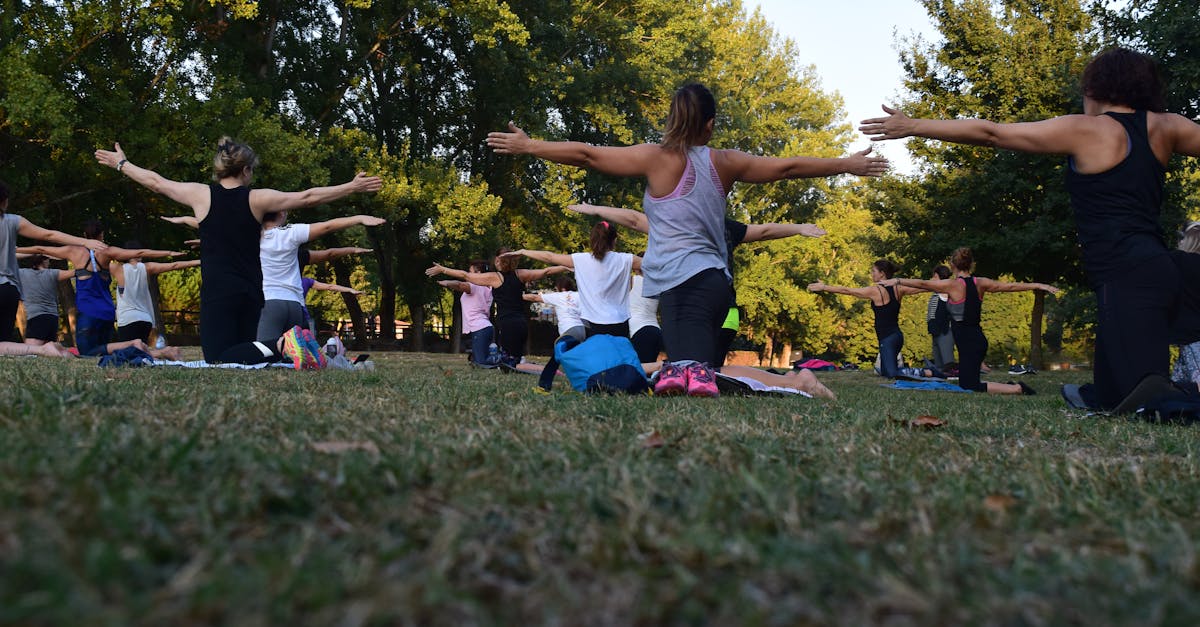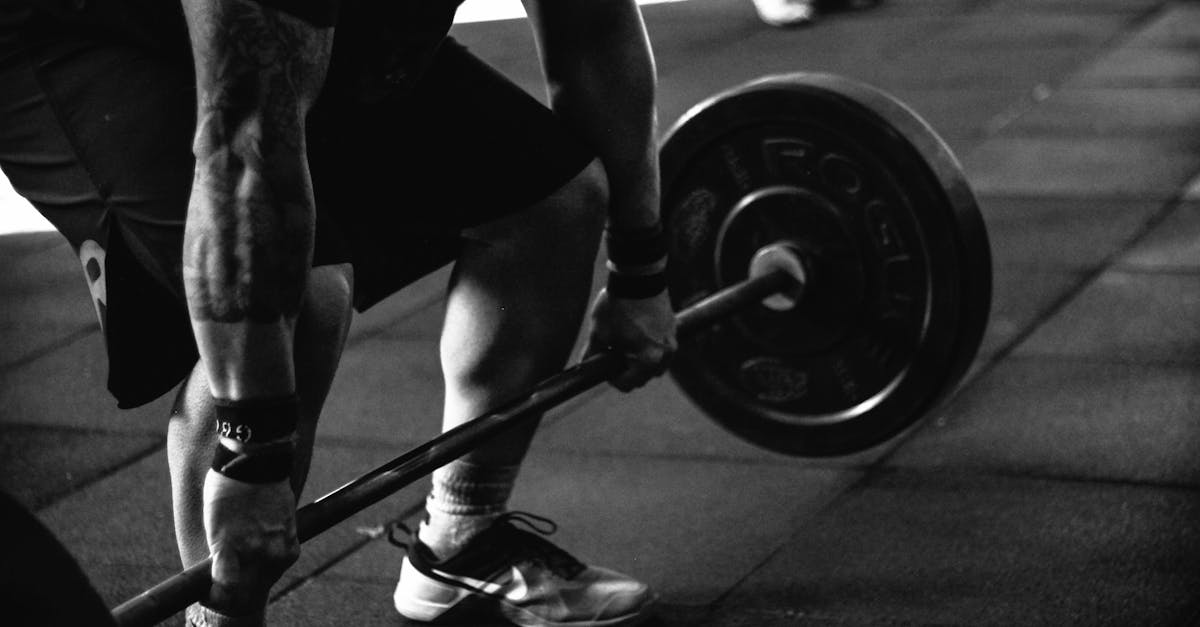Psoas and Iliacus Stretch: Deep Techniques for Core and Hip Health
Unlocking Mobility and Core Stability: The Essential Guide to Psoas and Iliacus Stretches

Discover the Secrets of Core and Hip Health: A Comprehensive Guide to Psoas and Iliacus Stretching
The psoas and iliacus muscles, often referred to as the “deep core” muscles, play a critical role in our overall mobility, posture, and athletic performance. These deep hip flexors, when tight or restricted, can lead to lower back pain, reduced range of motion, and decreased stability. Stretching these muscles is essential for maintaining optimal hip and core health, and this article will guide you through the most effective deep stretching techniques.
In this comprehensive guide, you’ll gain a thorough understanding of the anatomy and functions of the psoas and iliacus muscles, empowering you to target them effectively. We’ll delve into the numerous benefits of stretching these deep hip flexors, including improved posture, reduced low back pain, and enhanced athletic performance. We’ll also provide step-by-step instructions and modifications for various flexibility levels, ensuring that everyone can benefit from these stretching techniques.
1. Understanding the Psoas and Iliacus Muscles
Understanding the Psoas and Iliacus Muscles
The psoas and iliacus muscles are two of the most important muscles in the human body. They are located deep within the core and play a vital role in core stability, hip movement, and overall mobility.
The psoas muscle originates from the lumbar vertebrae and inserts into the lesser trochanter of the femur. It is responsible for flexing the hip joint and rotating the thigh outward. The iliacus muscle originates from the iliac fossa and also inserts into the lesser trochanter of the femur. It assists the psoas muscle in flexing the hip joint.
Together, the psoas and iliacus muscles form the iliopsoas muscle group. This muscle group is responsible for a wide range of movements, including walking, running, jumping, and climbing stairs. It also helps to stabilize the pelvis and spine, and it plays a role in maintaining good posture.
2. Benefits of Stretching the Psoas and Iliacus

Benefits of Stretching the Psoas and Iliacus
Stretching the psoas and iliacus muscles offers numerous benefits for overall health and well-being. Here are some of the key benefits:
- Improved posture: Tight psoas and iliacus muscles can pull the pelvis forward, leading to an anterior pelvic tilt. This can cause lower back pain, as well as problems with the knees and ankles. Stretching these muscles can help to restore the pelvis to its neutral position, improving posture and reducing pain.
- Reduced low back pain: As mentioned above, tight psoas and iliacus muscles can contribute to lower back pain. Stretching these muscles can help to relieve pain and improve mobility.
- Enhanced athletic performance: The psoas and iliacus muscles are important for a variety of athletic activities, including running, jumping, and kicking. Stretching these muscles can help to improve range of motion and power, leading to enhanced athletic performance.
3. Deep Stretching Techniques for the Psoas and Iliacus
Deep Stretching Techniques for the Psoas and Iliacus
Here are some deep stretching techniques that target the psoas and iliacus muscles:
Kneeling hip flexor stretch:
- Kneel on the floor with your right knee in front of your left knee. Your right shin should be perpendicular to the floor and your left knee should be directly below your hip.
- Place your hands on your right thigh and gently push your hips forward until you feel a stretch in your right hip flexors.
- Hold the stretch for 30 seconds and then repeat on the other side.
Couch stretch:
- Stand facing a couch or chair. Place your right foot on the couch and your left foot on the floor. Your right knee should be bent at 90 degrees and your left leg should be straight.
- Lean forward and place your hands on the couch. Gently push your hips forward until you feel a stretch in your right hip flexors.
- Hold the stretch for 30 seconds and then repeat on the other side.
Frog stretch:
- Start by sitting on the floor with your knees bent and your feet flat on the floor. Your knees should be wider than shoulder-width apart.
- Lean back and place your hands behind you for support. Gently lower your body towards the floor until you feel a stretch in your inner thighs and hip flexors.
- Hold the stretch for 30 seconds and then relax.
4. Advanced Stretching Techniques for Enhanced Mobility

Advanced Stretching Techniques for Enhanced Mobility
For individuals looking to take their stretching practice to the next level, here are some advanced techniques that can help to deepen the stretch and further improve flexibility and range of motion:
PNF stretching:
- PNF stretching, or proprioceptive neuromuscular facilitation stretching, is a technique that involves contracting and relaxing the target muscle group in a specific sequence. This helps to improve communication between the muscle and the nervous system, leading to increased flexibility.
- To perform PNF stretching, start by contracting the target muscle group for 5-10 seconds. Then, relax the muscle group and immediately stretch it for 10-15 seconds. Repeat this sequence 2-3 times.
Dynamic stretching:
- Dynamic stretching involves moving the target muscle group through its full range of motion while gradually increasing the intensity. This helps to prepare the muscle group for activity and can improve flexibility and range of motion.
- To perform dynamic stretching, start by slowly moving the target muscle group through its full range of motion. Then, gradually increase the speed and intensity of the movement. Repeat this sequence 5-10 times.
Ballistic stretching:
- Ballistic stretching involves bouncing or swinging the target muscle group into its stretched position. This is a more advanced stretching technique that should be used with caution, as it can increase the risk of injury.
- To perform ballistic stretching, start by standing with your feet shoulder-width apart. Swing your right leg forward and back, gradually increasing the height of the swing. Repeat this sequence 5-10 times, then repeat on the other side.
5. Tips for Effective and Safe Stretching
Tips for Effective and Safe Stretching
To get the most out of your stretching routine and avoid injury, follow these tips:
- Warm up before stretching. This will help to prepare your muscles for stretching and reduce the risk of injury.
- Hold each stretch for 20-30 seconds. This is the optimal amount of time to hold a stretch to improve flexibility.
- Breathe deeply while stretching. This will help to relax your muscles and improve your overall flexibility.
- Don’t bounce or jerk while stretching. This can put unnecessary stress on your muscles and joints.
- Listen to your body. If you feel pain, stop stretching and consult with a doctor or physical therapist.
- Stretch regularly. The more you stretch, the more flexible you will become.
Quiz
- What is the primary function of the psoas and iliacus muscles?
a) To flex the hip joint b) To extend the hip joint c) To rotate the hip joint d) To abduct the hip joint
- Which of the following is a benefit of stretching the psoas and iliacus muscles?
a) Improved posture b) Reduced low back pain c) Enhanced athletic performance d) All of the above
-
True or False: PNF stretching involves contracting and relaxing the target muscle group in a specific sequence.
-
What is the optimal amount of time to hold a stretch to improve flexibility?
a) 10-15 seconds b) 20-30 seconds c) 30-45 seconds d) 45-60 seconds
- Which of the following is NOT a tip for safe and effective stretching?
a) Warm up before stretching b) Hold each stretch for 20-30 seconds c) Bounce or jerk while stretching d) Listen to your body
- a
- d
- True
- b
- c
